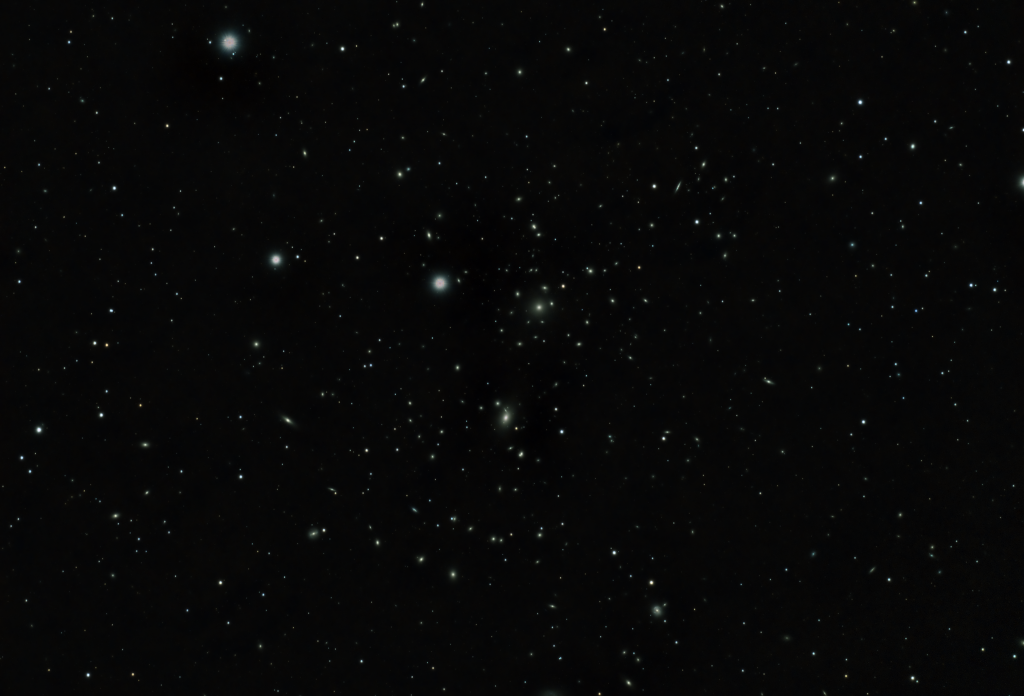
Similar Posts

Saturn, Jupiter, and a cameo from Io
Last night marked Jupiter’s “opposition” – this is the time of year where Jupiter is at its closest point to Earth, and it’s at its biggest and brightest. By a stroke of luck, we had unusually clear skies for this event, and its moon Io was also crossing in front of Jupiter! You can see…

The Cocoon Nebula
The Cocoon Nebula in Cygnus is a compact cloud of Hydrogen, lit up by the bright star in its center. Dust lanes can also be seen across it, obscuring the ionized Hydrogen gas behind them. This object is best imaged during the heart of Summer, which means really challenging conditions here in Florida. High humidity,…

Another year, another Bode’s Galaxy image
Every year I try to take a better image of M81, Bode’s Galaxy. It’s located about 12 million light-years away, which is unfathomably far but close by galactic standards. Look closely, and you’ll see a faint splotchiness in the background. This is the Integrated Flux Nebula (IFN,) composed of gases that lie just outside of…

The Diamond Ring Nebula
Formally Abell 33 or the even more catchy name PK238+34.1, the “diamond ring nebula” is a planetary nebula – that means it’s the gas blown off by a dying star, not too different from our own sun. This one’s interesting due to its almost perfectly spherical shape, its cyan color from ionized Oxygen gas, and…

M106 and some of its buddies
The galaxy M106 is an interesting one; it’s large and relatively bright – about the same size as Andromeda. And it’s in a busy part of the sky, within Canes Venatici, with lots of galactic neighbors. This image has been enhanced with Hydrogen emission data; that’s what the red dots and tendrils are. There’s one…

The galaxy M88 and friends
Messier 88, within the constellation Coma Berenices, is part of the nearby Virgo cluster of galaxies. And by “nearby”, I mean 50-60 million light years away! The light we’re seeing from this galaxy originated from the time of the dinosaurs. Telescopes are really time machines. There are many other galaxies surrounding M88, both smaller and…

